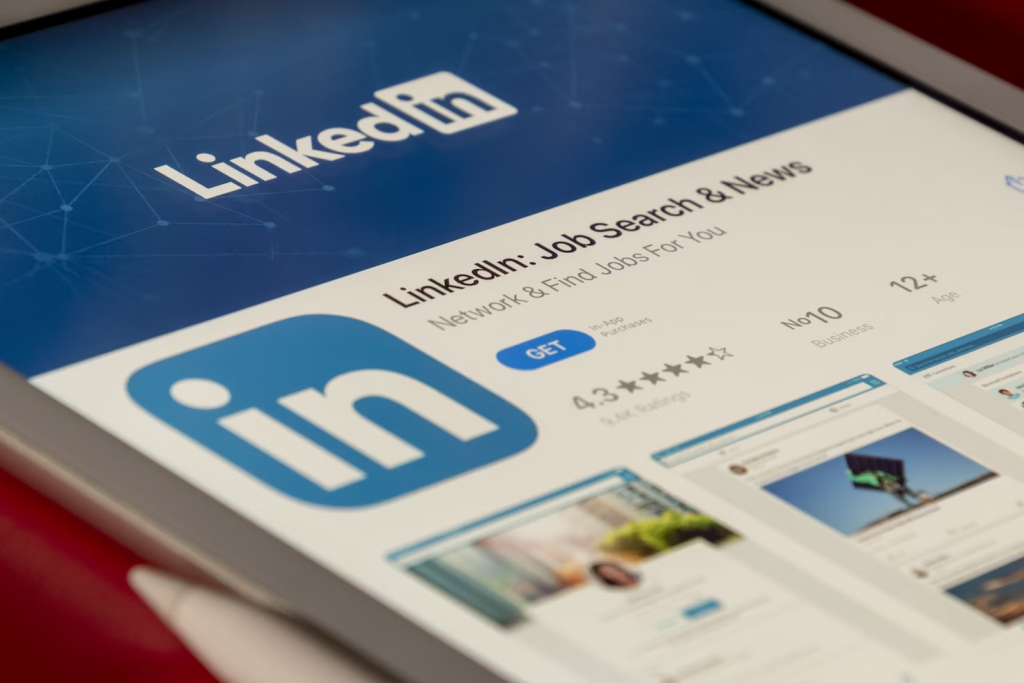LinkedIn has become the leading platform for professionals to connect, network, and present their expertise. With over 800 million users, your LinkedIn profile is often the first impression you make to recruiters and key decision-makers. In order to maximise your potential opportunities, it’s crucial to optimise your LinkedIn profile effectively. Here are five tips to help you do that.
1. Start with a Strong Headline and Summary
Your LinkedIn headline and summary are the first elements people read when they visit your profile. Craft a compelling headline that goes beyond your job title and conveys your unique value proposition. For example, instead of simply stating “Marketing Manager” try something like “Results-Driven Marketing Manager, Expert in SEO & Content Strategy.”
Your summary is your chance to tell your professional story. Use it to provide an overview of your career, highlighting your achievements, skills, and goals. Incorporate keywords relevant to your industry to boost your profile’s visibility in searches. Be sure to write in the first person to create a more personal connection with visitors.
2. Display Your Accomplishments in the Experience Section
Your work experience is the heart of your LinkedIn profile. List your current and past positions, providing detailed descriptions of your roles and responsibilities. However, don’t just list job duties and instead, emphasise your accomplishments and contributions.
Use bullet points to make your achievements stand out and quantify your results whenever possible. For example, instead of saying, “Managed a marketing campaign” write, “Led a successful marketing campaign that increased website traffic by 25% and generated $50,000 in revenue.”
3. Highlight Your Skills and Endorsements in your LinkedIn Profile
LinkedIn allows you to list your skills and offers an opportunity for your connections to write you endorsements. Choose skills that are relevant to your profession and align with your career goals. Having a well-rounded mix of technical and soft skills can make you a more attractive candidate to potential employers.
Encourage your colleagues to endorse your skills and reciprocate by endorsing theirs. This not only adds credibility to your profile but also strengthens your professional relationships.
4. Engage Actively with LinkedIn Connections
LinkedIn is not just a digital resume but a platform for networking and sharing knowledge. Engaging with content by liking, commenting on, and sharing posts can help you stay visible in your network. Join industry-related groups and participate in discussions to showcase your expertise and build connections.
Creating your own content, such as articles or posts, can establish you as a thought leader in your field. Share your insights, experiences, and tips to provide value to your connections. Remember to keep your content professional and relevant to your industry.
5. Personalise Your Connection Requests and Follow-Up Messages
When sending connection requests, avoid using the generic message LinkedIn provides. Instead, personalise your requests by mentioning how you know the person or the reason for connecting. This demonstrates genuine interest and increases the likelihood of your request being accepted.
Additionally, send follow-up messages after connecting with someone new. Express your gratitude for connecting and mention something specific about their profile or shared interests. Building meaningful connections is one of the primary goals of LinkedIn, so invest time in nurturing those relationships.
Optimising your LinkedIn profile is essential for establishing a strong professional presence in today’s digital age. Your profile should not only reflect your qualifications but also your personality and passion for your field. By following these five tips, you can create a compelling LinkedIn profile that attracts connections, opportunities, and success in your career. So, don’t wait any longer and start optimising your LinkedIn profile today to unlock its full potential!
Visit our Help Center page for more helpful job-seeking resources.




